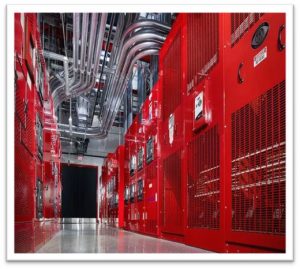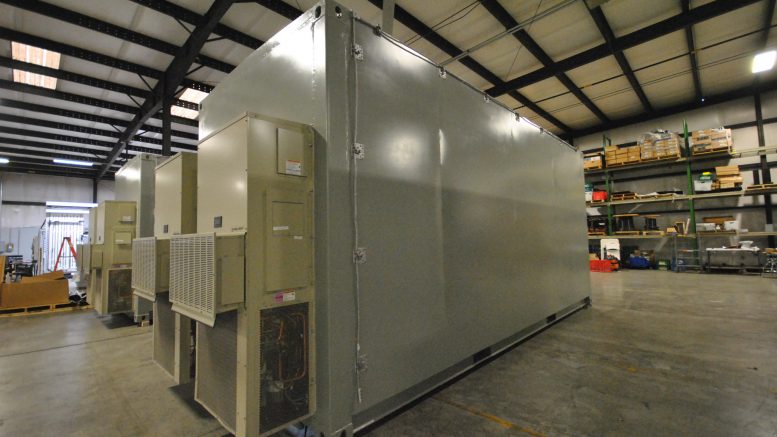A better way to work
Whether they’re flight-critical components being carefully machined for a supplier in the aerospace sector, or a box of fasteners for the ‘Just-in-Time’ automotive industry, the path from product to delivery starts first with the Building’s Management System (BMS), ensuring the lines are up, the lights are on, and the workers are at their stations.
Data compiled in Engineered Services Magazine showed only 11% of commercial buildings under 50,000 square feet in the U.S. have a BMS, although 94% of all commercial buildings are in that size range.
According to the article, a BMS is like a computer program running all your critical systems, while the operating logic, also called automation, can be robust or as simple as setting a schedule for things to turn on and off.
- Reduce Downtimes – The modern manufacturing facility is dictated by efficiencies and the speed and quality in which their products are designed, created, and delivered. Downtimes could lead to expulsion from an OEM’s supply lines.

- Minimize Risk – Risk comes in many forms in manufacturing. Whether they are snags in production, mechanical, or injury, the modern supplier removes risk before it can become a problem.
- Simplify Upgrades – Because each second is so critical in the manufacturing sector, manufacturers cannot take extended time for upgrades. They must be done quickly and without causing any disruptions in production.
- Save Money – Has there ever been a more befitting philosophy to any manufacturing firm around the world than: “Save money.” In this industry, there is nothing more important than the bottom line.
- Increase Confidence/Gain Peace of Mind – Because there is an unending pressure to meet quota’s, satisfy customers, and maintain massive supply chains all while keeping a close eye on the bottom line, manufacturers want to know the job is getting done.
Buildings today are blueprinted with a unified intelligence. Every office tower, industrial facility, and manufacturing space can be outfitted with a computer-based control monitoring the structure’s full array of mechanical and electrical systems.
Installing the right Building Management System will reduce downtimes, minimize risk, simplify upgrades, save money, and offer a peace of mind enjoyed by the larger OEM’s.
The Authority
Named ‘Innovator of the Year’ at the 2020 South Carolina Manufacturing Conference and Expo, Daedalus Industrial manages a high volume of panel assemblies in the company’s 65,000 sq/ft facility for businesses in the Information & Technology, Automotive, Wind Energy, Oil & Gas, Food & Beverage, Packaging, and Pharmaceutical industries.
Click the links below to learn more:


Be the first to comment on "5 Takeaways of the Building Management System"